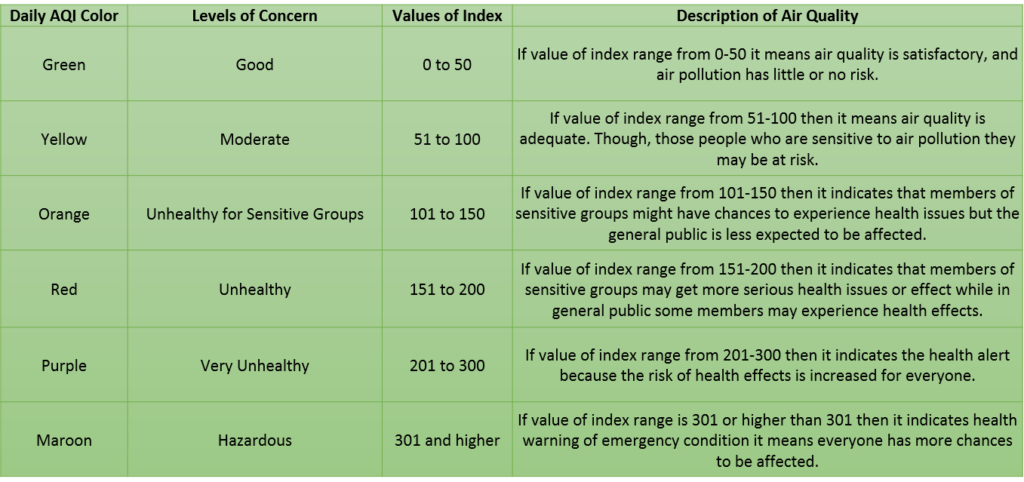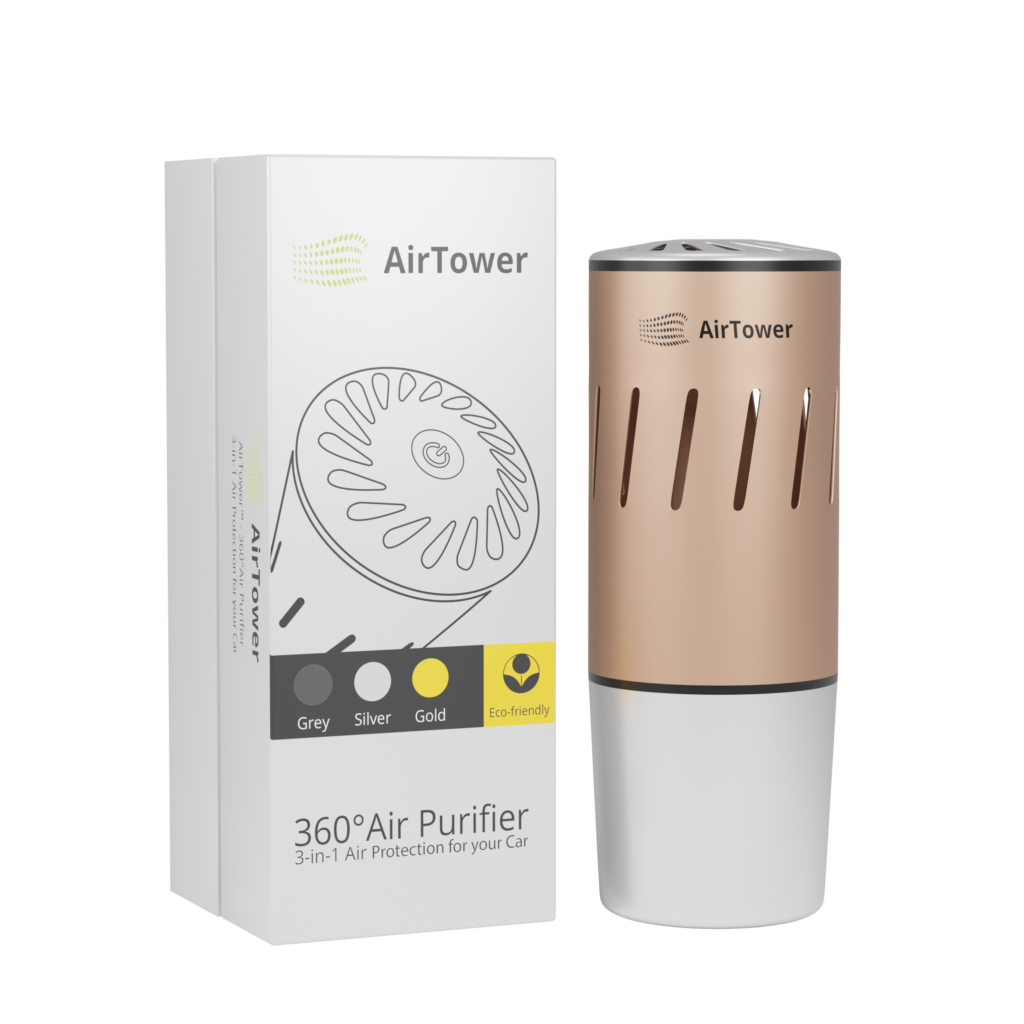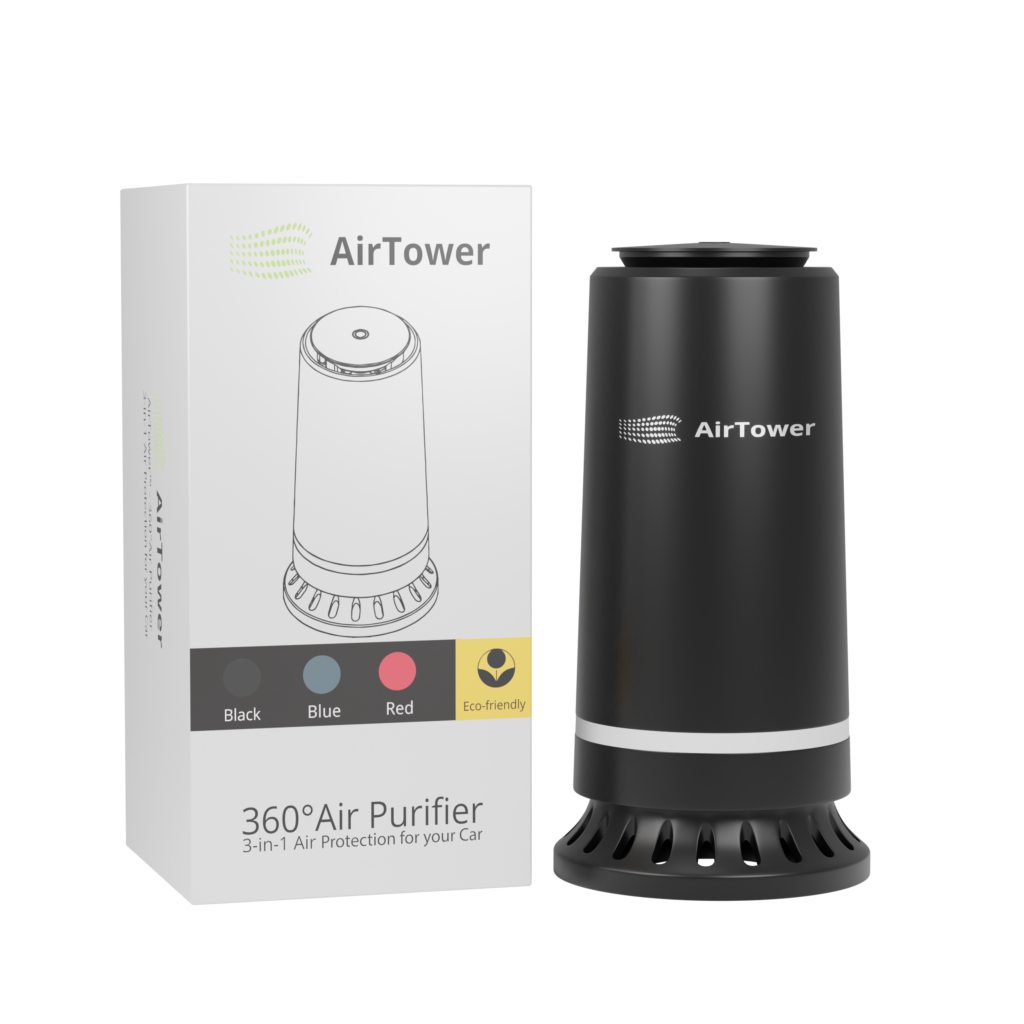Car Version
- Kills 99% of most germs, bacteria and viruses on surfaces and in the air
- PM2.5 and PM10 removal rate of 99%
- Effectively kills harmful microorganisms.
- Reduces risk of spreading airborne illness
- Reduces allergens, dust, dander and smoke
- Reduction of smoke, VOC’s, allergens, dust, and particulates such as pet dander
- Cleansing agents are capable of decomposing organic pollutants and compounds like formaldehyde and any undesirable odor molecules without a HEPA filter.
- Reduces odours from cooking, pets and more
- Used in government buildings, hotels, hospitals, schools and homes worldwide.
- The AirTower Decompose Formaldehyde, Benzene, TVOC and other harmful substances, into non toxic CO2 and H2O
- Robust Air Purifier design





